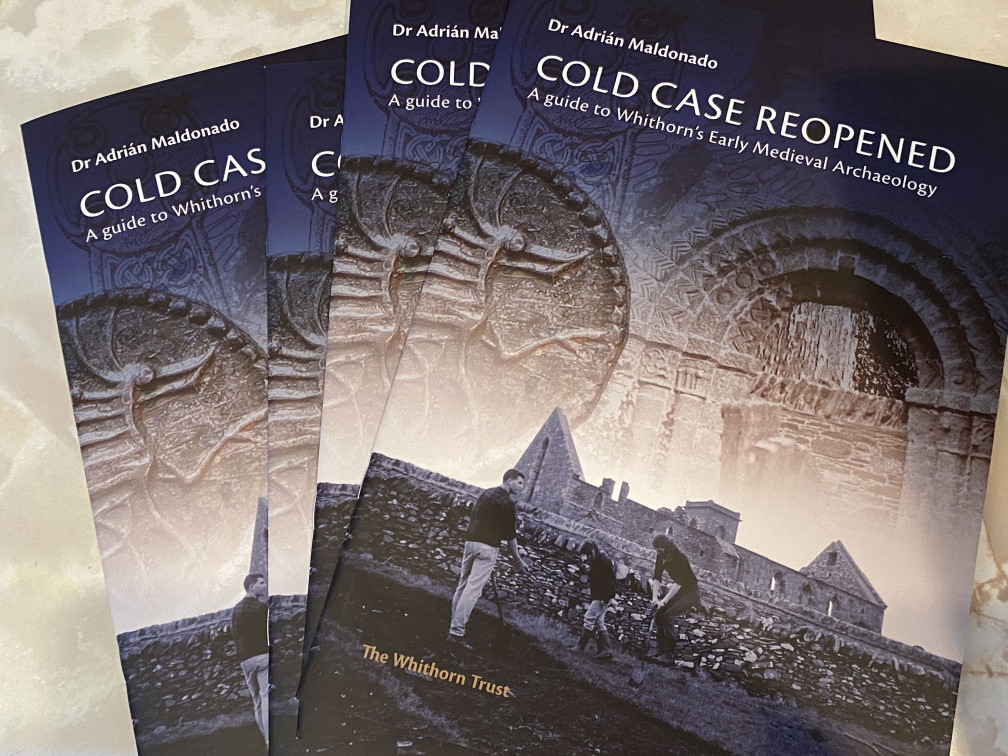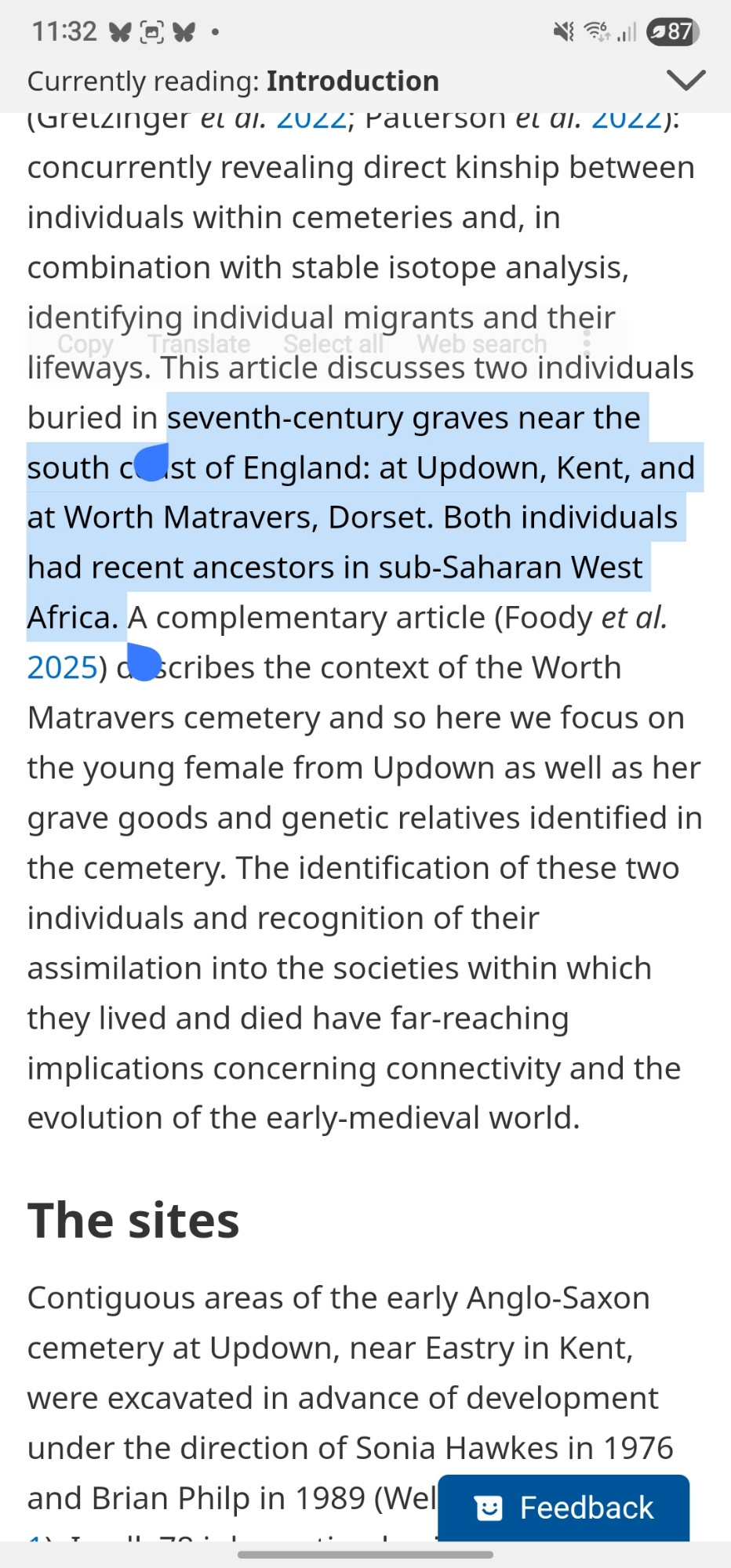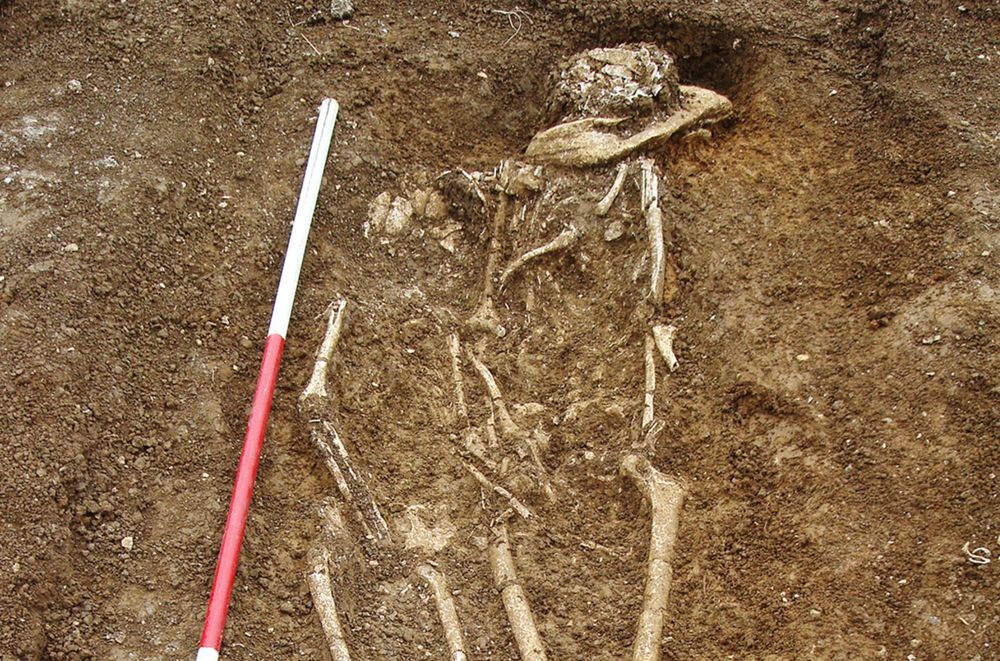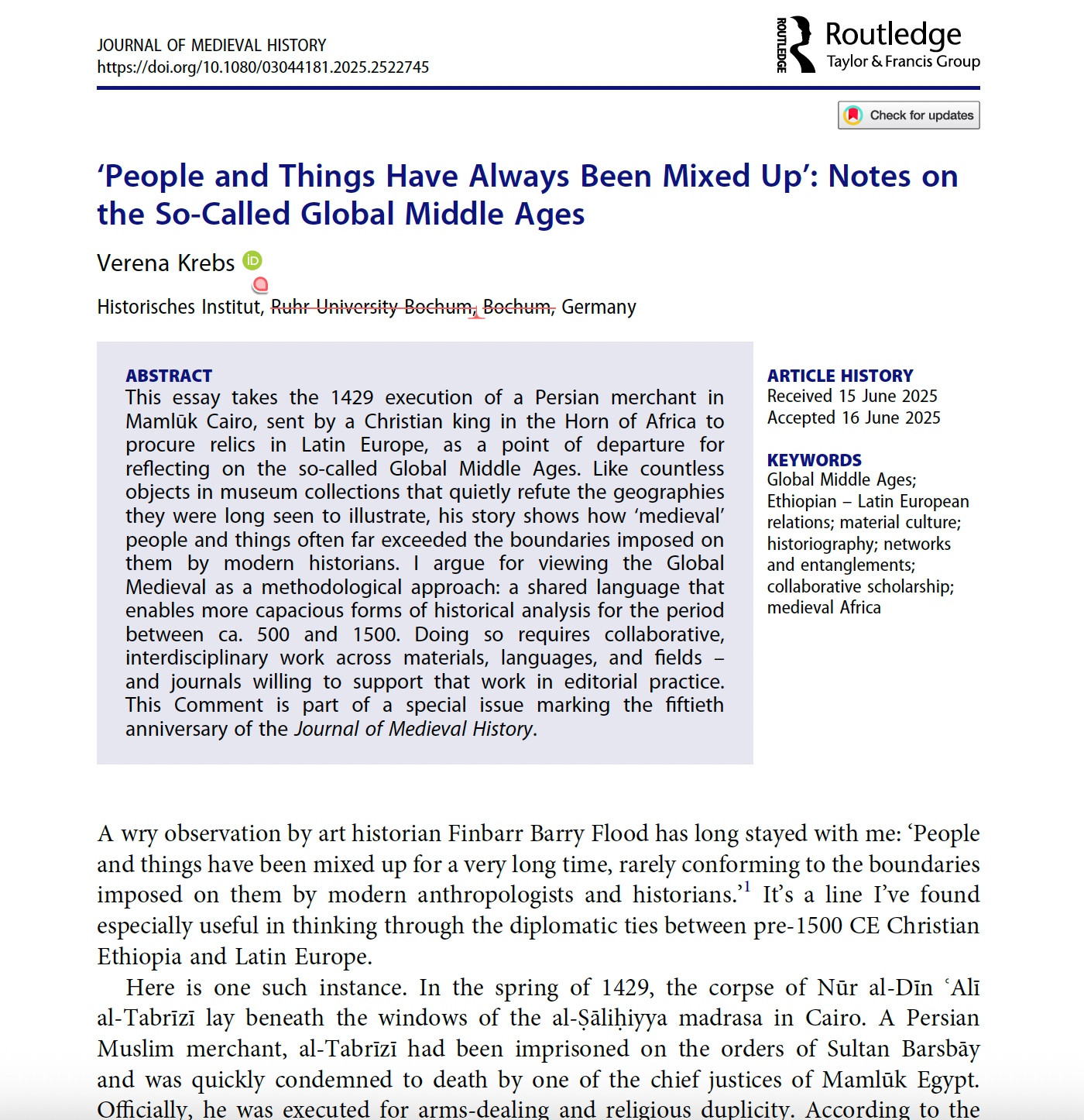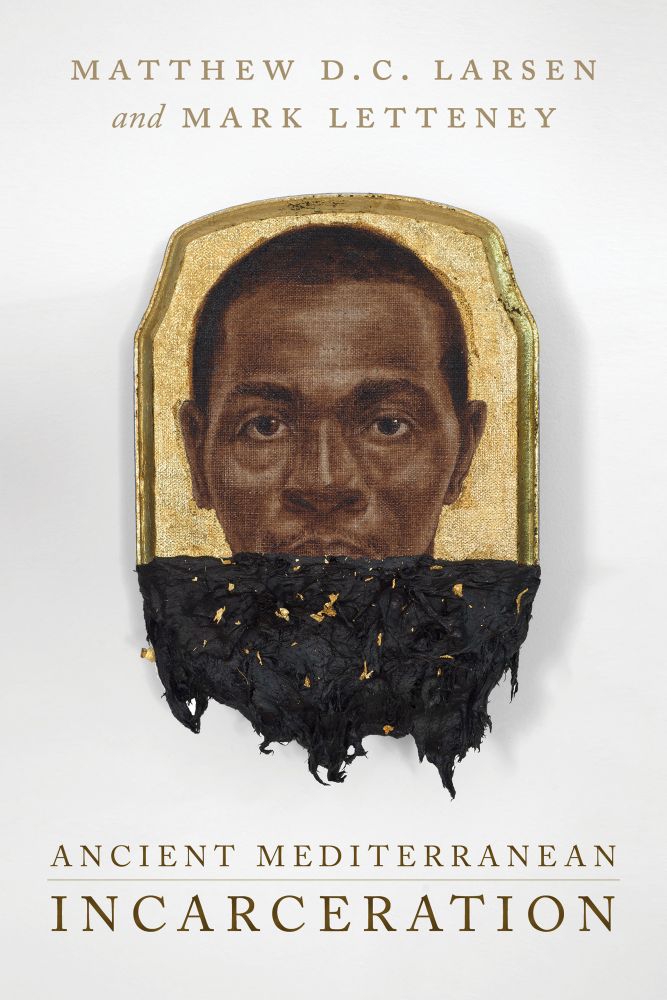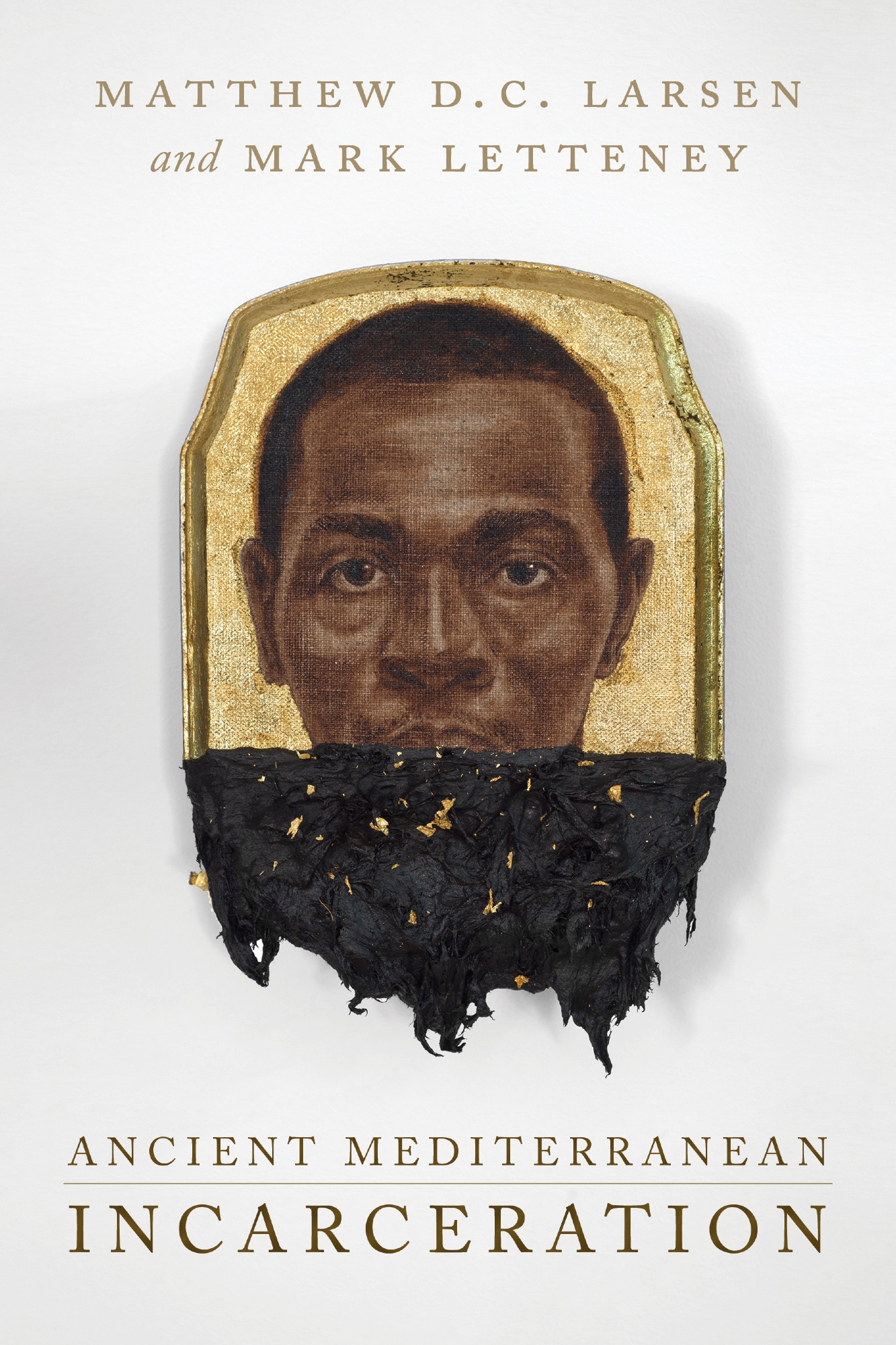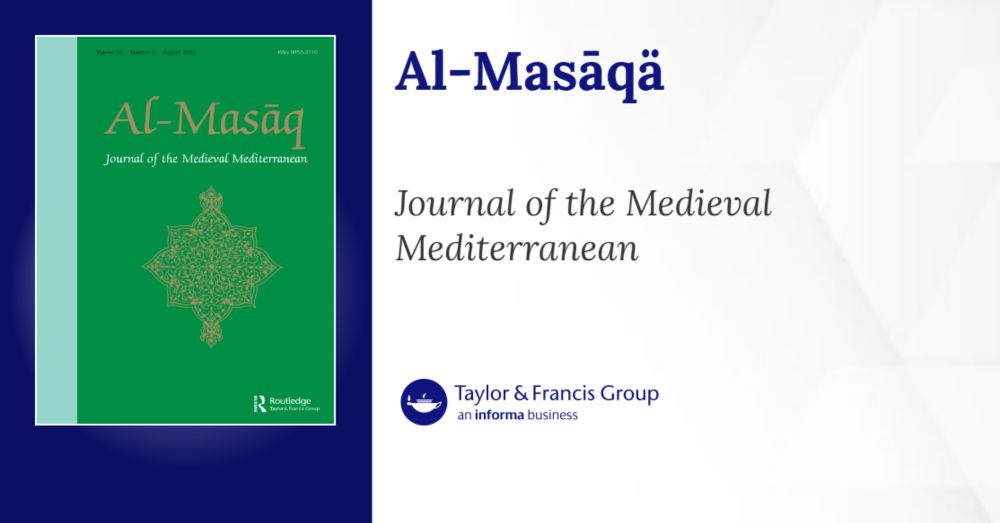Thrilled to say the new Whithorn guidebook by me is now available to buy online!
A Maldonado 2025. Cold Case Reopened: A Guide to Whithorn’s Early Medieval Archaeology. Whithorn Trust
I'll be speaking about it at this year's Wigtown Book Festival - stay tuned!
www.whithorn.com/product/whit...
